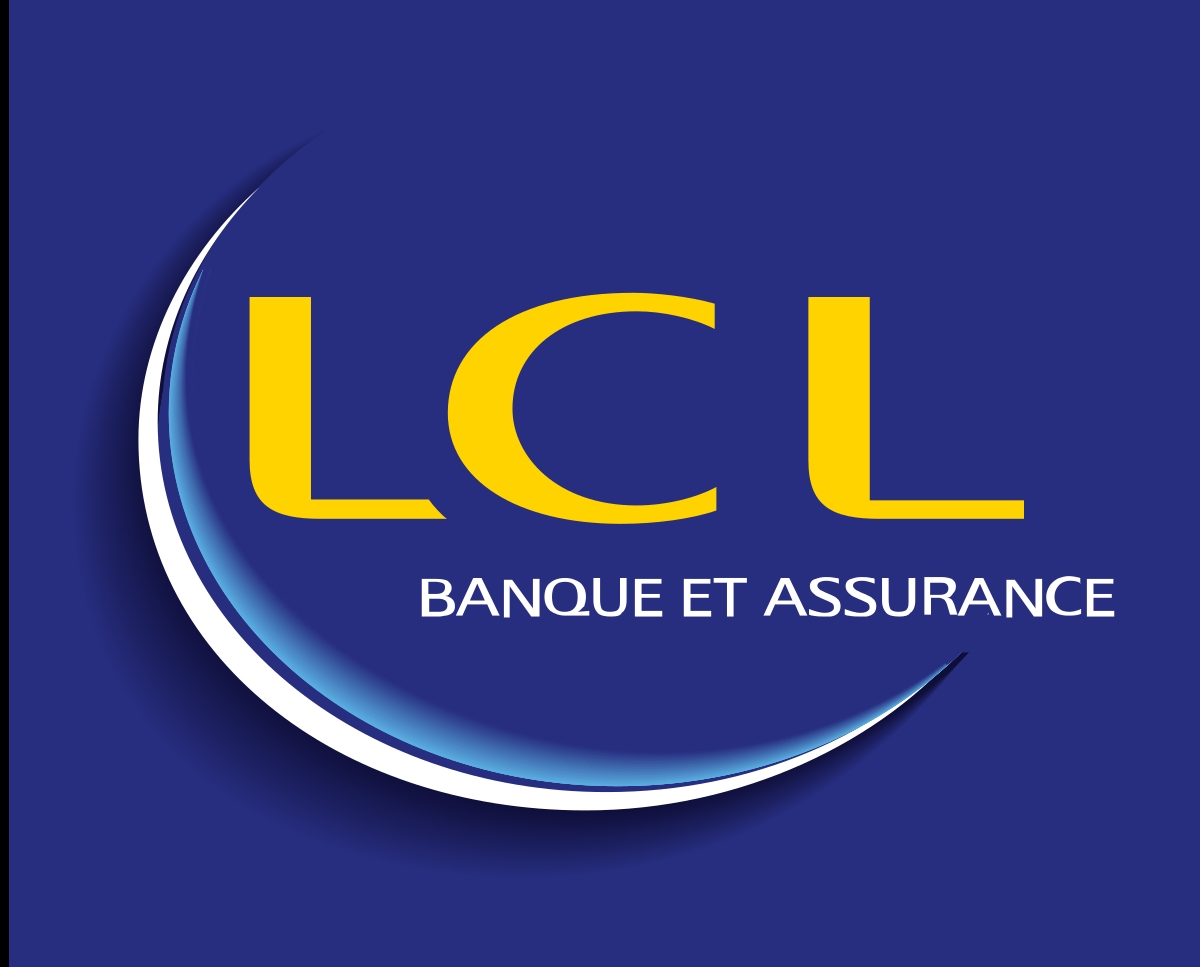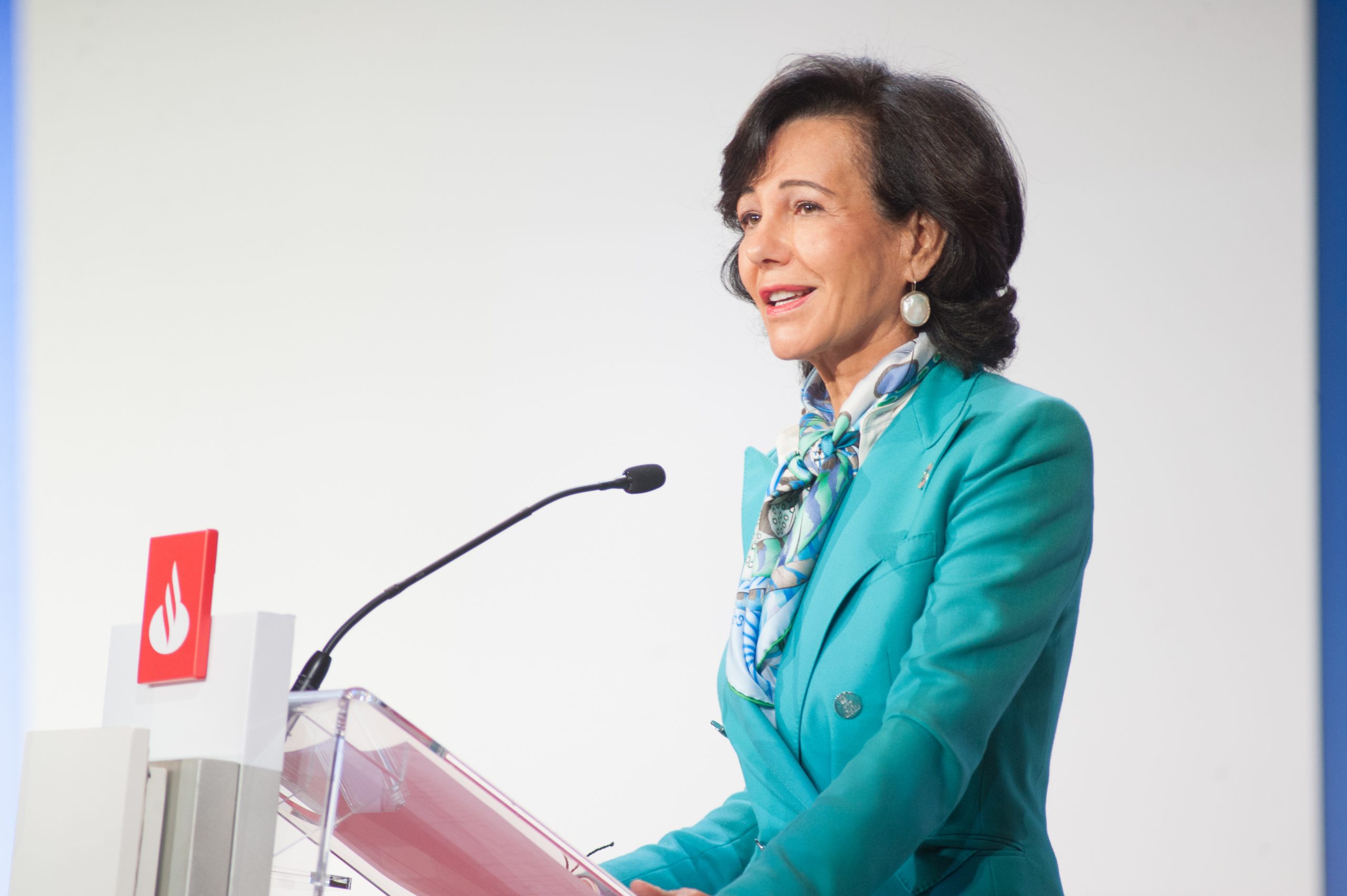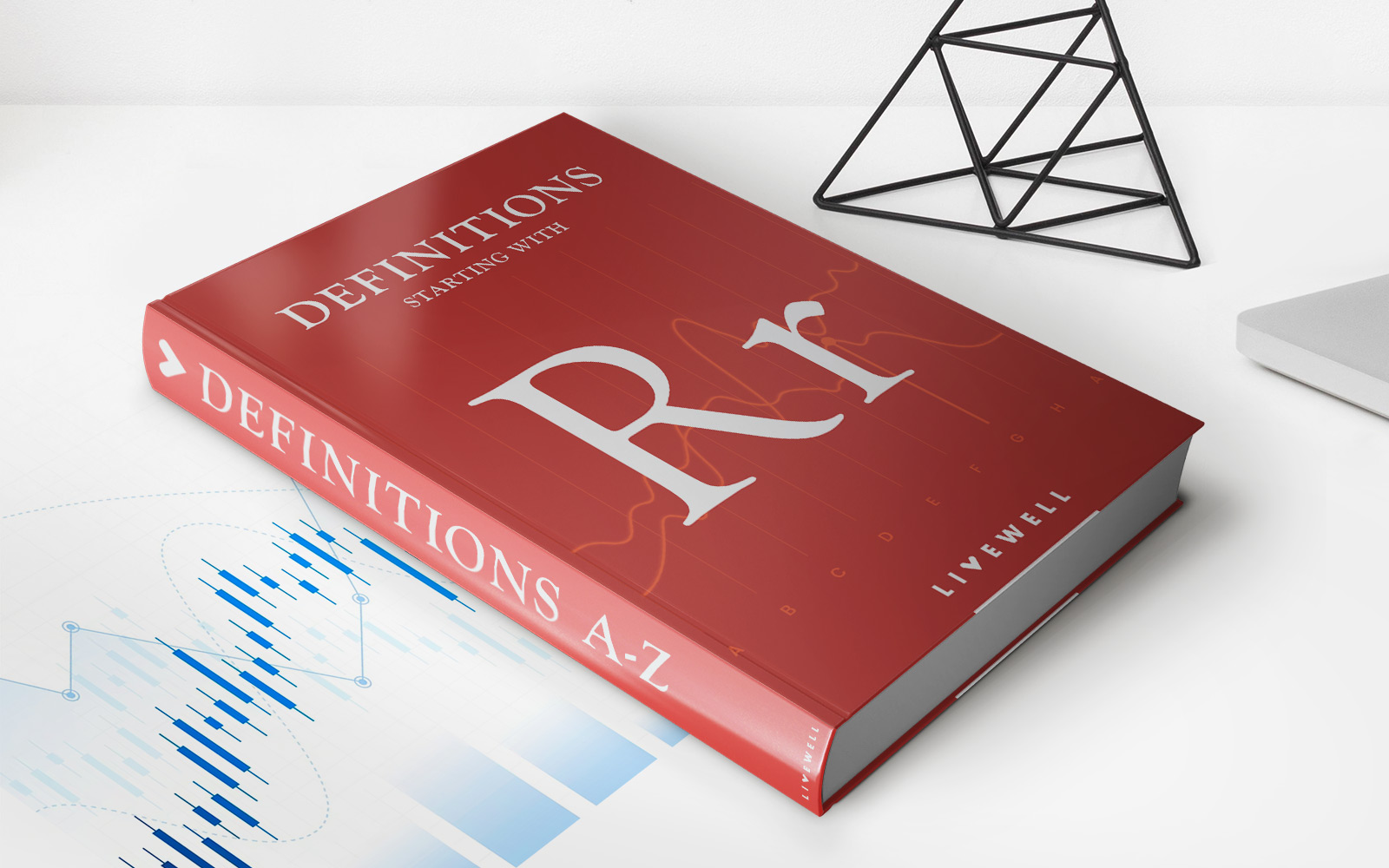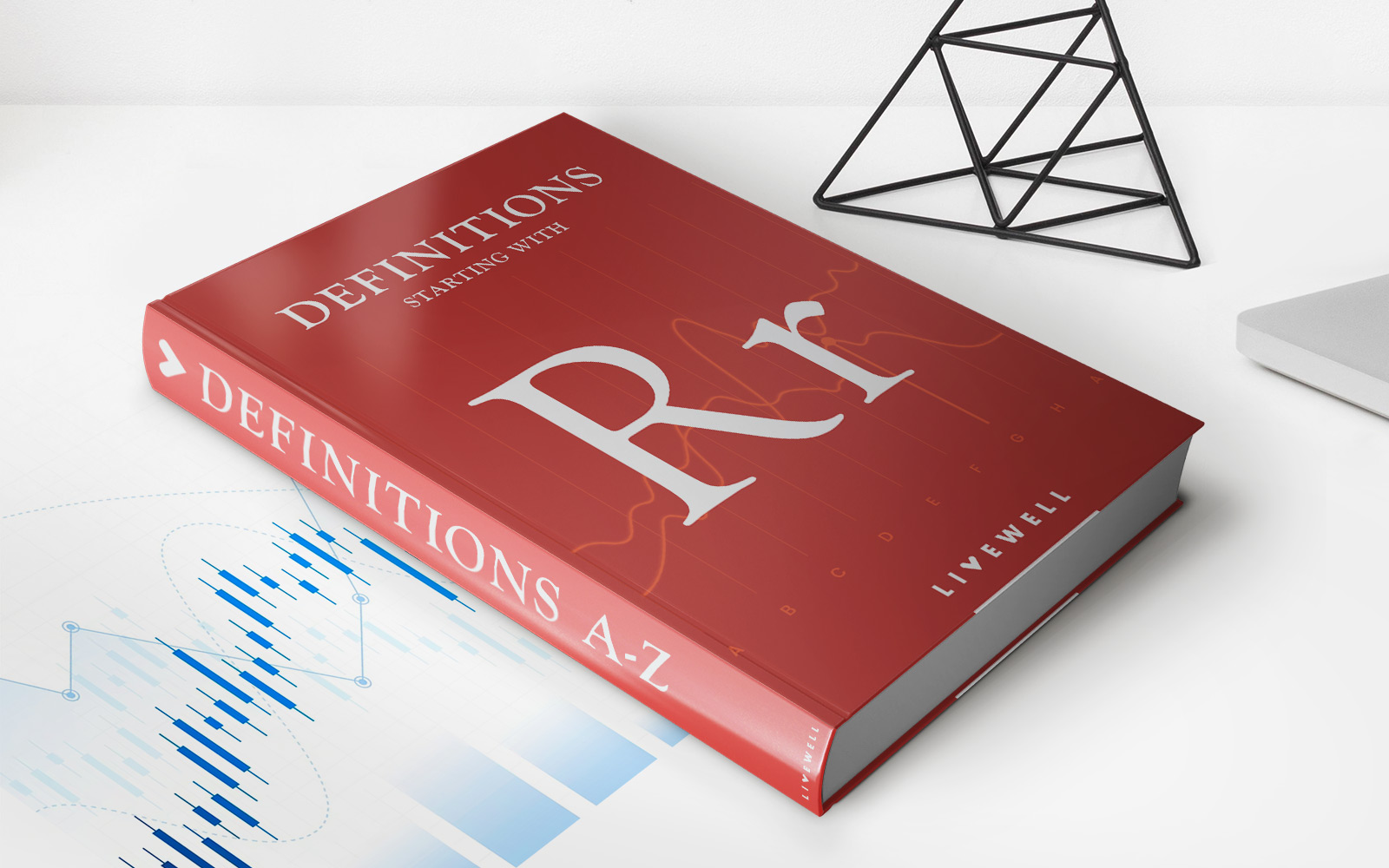

Finance
Who Owns Credit Lyonnais
Published: January 6, 2024
Discover the ownership of Credit Lyonnais, a renowned finance institution. Explore who owns and operates this esteemed organization in the world of finance.
(Many of the links in this article redirect to a specific reviewed product. Your purchase of these products through affiliate links helps to generate commission for LiveWell, at no extra cost. Learn more)
Table of Contents
Introduction
Credit Lyonnais, one of the oldest and largest banks in France, has a rich history spanning over 150 years. Throughout its existence, the bank has undergone numerous ownership changes, reflecting the dynamic nature of the finance industry. Understanding the ownership structure of Credit Lyonnais is essential for gaining insight into its operations, decision-making processes, and overall stability.
This article aims to explore the ownership history of Credit Lyonnais, from its inception to the present day. We will delve into the key milestones in its ownership journey, including nationalization, privatization, and the current shareholders who have a significant stake in the bank.
By examining the ownership structure of Credit Lyonnais, we can gain a better understanding of the bank’s position in the financial landscape and its potential impact on the industry as a whole.
Stay tuned as we uncover the fascinating story of Credit Lyonnais and the various entities that have held ownership over the years.
History of Credit Lyonnais
Credit Lyonnais traces its roots back to 1863 when Henri Germain, a French financier, established the bank in Lyon, France. Initially known as “La Banque de Crédit et de Dépôt des Pays-Bas,” the bank aimed to provide financial services to the industrial and commercial sectors in the region.
Throughout the late 19th and early 20th centuries, Credit Lyonnais expanded its operations, opening branches in major cities across France. The bank played a pivotal role in financing industrial endeavors, such as the construction of railways, supporting economic development in the country.
During World War I, Credit Lyonnais faced significant challenges due to the economic instability caused by the conflict. However, the bank managed to overcome these difficulties and continued to thrive in the post-war years.
In the following decades, Credit Lyonnais further solidified its position as a leading financial institution in France. It expanded its range of services, including corporate banking, retail banking, and asset management, catering to the diverse needs of its customers.
Throughout its history, Credit Lyonnais has also been at the forefront of innovation in the banking sector. It was one of the first banks in France to introduce automated teller machines (ATMs) in the 1970s, revolutionizing customer access to cash.
However, the bank faced a significant setback in the early 1990s when a financial scandal shook its foundations. Improper lending practices and government intervention led to substantial losses for Credit Lyonnais, necessitating a massive bailout from the French government.
This financial crisis prompted a series of ownership changes and restructuring efforts that aimed to restore the bank’s stability and reputation. In 1999, Credit Lyonnais was acquired by Crédit Agricole, one of France’s largest banking groups.
Today, Credit Lyonnais operates as a subsidiary of Crédit Agricole and continues to provide a wide range of banking and financial services to its customers. With a rich history behind it, Credit Lyonnais remains an important player in the French banking sector, contributing to the growth and prosperity of the economy.
Ownership Changes in the 20th Century
Throughout the 20th century, Credit Lyonnais experienced several notable ownership changes that shaped its trajectory and influence in the financial industry.
In 1945, following the end of World War II, Credit Lyonnais underwent a significant transformation as the French government nationalized the bank. This move was part of the government’s efforts to gain control over key industries and ensure economic stability and growth.
Under government ownership, Credit Lyonnais continued to expand its operations and cement its position as a leading bank in France. It played a vital role in supporting the country’s economic recovery and financing major infrastructure projects.
In the 1980s, another crucial ownership change occurred when the French government decided to partially privatize Credit Lyonnais. This initiative aimed to introduce market forces and enhance the bank’s efficiency and competitiveness.
As part of the privatization process, the French government sold shares of Credit Lyonnais to private investors. This allowed for increased private sector involvement in the bank’s operations and decision-making processes.
However, the partial privatization also exposed Credit Lyonnais to the risks and challenges of operating in a market-driven environment. The bank faced difficulties, particularly in the early 1990s, when a financial scandal rocked its foundations and led to substantial losses.
To stabilize Credit Lyonnais and prevent further economic turmoil, the French government intervened and provided a massive bailout in the form of capital injections and guarantees. Ultimately, this led to the government’s full acquisition and nationalization of the bank in 1994.
The state ownership allowed for a restructuring of Credit Lyonnais, aimed at restoring its financial health and ensuring its long-term viability. It involved the disposal of non-core assets and a focus on core banking activities.
Finally, in 1999, Credit Lyonnais was acquired by Crédit Agricole, one of the largest banking groups in France. This merger brought Credit Lyonnais under the umbrella of a strong and established financial institution, demonstrating the constant evolution of ownership structures in the banking sector.
These ownership changes in the 20th century reflect the complex dynamics of the banking industry and the efforts of stakeholders to adapt to changing economic and regulatory environments. They have played a significant role in shaping the identity and operations of Credit Lyonnais as we know it today.
Recapitalization and Nationalization
In the early 1990s, Credit Lyonnais faced a severe financial crisis due to a combination of reckless lending practices and risky investments. The bank incurred substantial losses, which threatened its stability and the broader financial system in France.
To prevent further economic turmoil and ensure the survival of Credit Lyonnais, the French government stepped in and initiated a massive recapitalization effort. Through this process, the government injected a significant amount of capital into the bank to bolster its financial position.
The recapitalization involved the issuance of new shares to increase Credit Lyonnais’s capital base. This infusion of funds aimed to strengthen the bank’s balance sheet, restore confidence among depositors and investors, and address the solvency concerns that had plagued the institution.
However, despite the recapitalization efforts, Credit Lyonnais continued to face challenges, and it became clear that further intervention was required to stabilize the bank. As a result, in 1994, the French government made the decision to nationalize Credit Lyonnais.
Nationalization involved the acquisition of the bank’s shares by the state, effectively making it a government-owned entity. This move granted the government full control over Credit Lyonnais and allowed for a comprehensive restructuring of the bank.
The nationalization of Credit Lyonnais was driven by the aim to restore stability and ensure the bank’s ability to fulfill its role as a vital component of the French financial system. The government’s intervention and ownership allowed for a thorough evaluation of Credit Lyonnais’s operations, risk management, and governance practices.
Under state ownership, Credit Lyonnais underwent a significant restructuring process. Non-core assets were divested, and a renewed focus was placed on the bank’s core banking activities. The goal was to streamline operations, improve efficiency, and mitigate the risks that had contributed to the bank’s previous struggles.
Furthermore, the government implemented stricter regulations and oversight to prevent any potential misconduct or mismanagement within Credit Lyonnais. The aim was to restore public trust in the bank and ensure its long-term viability and contribution to France’s financial stability.
Ultimately, the recapitalization and nationalization of Credit Lyonnais were critical steps in stabilizing the institution and safeguarding the broader financial system. These actions laid the foundation for the subsequent privatization efforts and the eventual acquisition of Credit Lyonnais by Crédit Agricole in 1999, marking a new chapter in its ownership history.
Privatization and the European Union
Following its nationalization in the 1990s, Credit Lyonnais underwent a process of privatization, which aimed to reintroduce market forces and private sector participation into the ownership and governance of the bank. The privatization of Credit Lyonnais was not only driven by economic considerations but also influenced by the evolving regulatory landscape within the European Union (EU).
The EU’s banking sector underwent significant reforms in the late 20th century, aimed at promoting competition, enhancing financial stability, and creating a unified and integrated market for financial services within the EU member states.
As part of these reforms, the European Commission advocated for the privatization of state-owned banks, including Credit Lyonnais, to reduce the potential distortion of competition and ensure a level playing field in the banking sector. The Commission viewed state ownership as potentially inhibiting fair competition within the EU market.
The French government engaged in a gradual privatization process for Credit Lyonnais, beginning in the 1980s. The process involved selling shares of the bank to private investors, reducing the government’s ownership stake over time.
The privatization of Credit Lyonnais attracted significant interest from domestic and international investors, reflecting the perceived value and potential of the bank. Private ownership was expected to enhance efficiency, encourage innovation, and enable Credit Lyonnais to compete more effectively in the evolving financial landscape.
Furthermore, the privatization of Credit Lyonnais was in line with the broader economic liberalization measures undertaken by the French government. It aimed to foster a more entrepreneurial and market-oriented economy, aligned with the principles of free competition and private enterprise.
The EU’s role in the privatization process was significant, as it provided oversight and guidance to ensure compliance with competition rules and fair market practices. The European Commission closely monitored the privatization of Credit Lyonnais, ensuring that the process adhered to EU regulations and did not distort competition within the European banking sector.
The successful completion of the privatization process for Credit Lyonnais demonstrated the government’s commitment to creating a competitive, market-driven banking sector in France. The private ownership structure allowed Credit Lyonnais to operate more independently and respond to market forces.
The privatization of Credit Lyonnais within the context of the EU’s banking reforms showcased the ongoing efforts to harmonize banking practices and create a level playing field for financial institutions across member states. It was a testament to the principles of open markets and fair competition that underpin the European Union’s vision for its banking sector.
In 1999, Credit Lyonnais was acquired by Crédit Agricole, marking the end of the privatization process and beginning a new chapter in the bank’s ownership history within the framework of a well-established banking group.
Current Ownership Structure
Currently, Credit Lyonnais operates as a subsidiary of Crédit Agricole, one of the largest banking groups in France. Crédit Agricole is a cooperative bank that is primarily owned by its regional cooperative banks and farmers.
As a subsidiary, Credit Lyonnais retains its distinct brand and operates under the Crédit Agricole umbrella, leveraging the group’s extensive resources, expertise, and network.
The ownership structure of Credit Lyonnais reflects the cooperative banking model prevalent in France. Crédit Agricole, as a cooperative bank, is owned by its members, primarily the local regional banks which are in turn owned by their customers, who are often farmers or individuals with ties to the agricultural sector.
The cooperative ownership structure emphasizes the democratic nature of the bank, with decisions being made collectively by its members. It aligns with the values of community, cooperation, and local involvement.
Beyond Crédit Agricole, Credit Lyonnais has a diverse shareholder base, including individual and institutional investors. These shareholders have purchased shares of Crédit Agricole on public markets, making them indirect shareholders of Credit Lyonnais.
Additionally, Credit Lyonnais has a vast customer base, encompassing individuals, businesses, and organizations that hold accounts or have financial relationships with the bank. While these customers do not have a direct ownership stake in Credit Lyonnais, they contribute to the bank’s stability and success as key stakeholders.
The current ownership structure of Credit Lyonnais, through its ownership by Crédit Agricole and the involvement of its cooperative banking network, provides stability, resources, and a strong foundation for the bank’s operations. It enables Credit Lyonnais to leverage the collective expertise and support of Crédit Agricole and ensures the bank’s long-term viability and sustainability within the French banking sector.
It is worth noting that the ownership structure of Credit Lyonnais and its parent company, Crédit Agricole, may evolve over time to adapt to changing market conditions and regulatory requirements. As the banking landscape continues to evolve, the ownership structure of Credit Lyonnais will play a crucial role in shaping the future direction of the bank and its ability to meet the needs of its customers and stakeholders.
Key Shareholders
As a subsidiary of Crédit Agricole, Credit Lyonnais benefits from the ownership and support of its parent company and its extensive network of shareholders. The key shareholders of Credit Lyonnais include:
- Crédit Agricole Group: As the parent company, Crédit Agricole holds the majority ownership stake in Credit Lyonnais. Crédit Agricole is a cooperative bank, primarily owned by its regional cooperative banks and their customers, who often have ties to the agricultural sector. The cooperative ownership structure ensures the collective decision-making and participation of its members.
- Regional Cooperative Banks: The regional cooperative banks are crucial shareholders in Credit Lyonnais. These banks, owned by their customers, hold shares in Crédit Agricole and indirectly impact the ownership and direction of Credit Lyonnais. The regional cooperative banks bring local knowledge and contribute to the cooperative banking model in France.
- Institutional Investors: Credit Lyonnais also has institutional investors who hold shares in Crédit Agricole and consequently have an indirect stake in Credit Lyonnais. These institutional investors, which may include pension funds, asset management firms, and insurance companies, provide additional financial support and contribute to the ownership and stability of the bank.
- Individual Investors: Individual investors who have purchased shares of Crédit Agricole on public markets also hold an indirect ownership stake in Credit Lyonnais. These individual investors, whether retail or high-net-worth, contribute to the ownership base of the bank and can play a role in shaping its future through their voting rights and investment decisions.
- Customers and Stakeholders: While not direct shareholders, the customers and stakeholders of Credit Lyonnais play a vital role in the success of the bank. Their trust and loyalty contribute to the bank’s stability and long-term performance. As key stakeholders, their needs and satisfaction are considered in the strategic decision-making process of Credit Lyonnais.
The diverse shareholder base of Credit Lyonnais reflects the cooperative banking model prevalent in Crédit Agricole and the broader French banking sector. The involvement of regional cooperative banks, institutional investors, individual investors, and the contribution of customers and stakeholders ensure a broad perspective and collective decision-making in the bank’s operations.
It is important to note that the ownership structure of Credit Lyonnais may evolve over time due to changes in the regulatory environment, market conditions, or strategic decisions made by Crédit Agricole. Consequently, ensuring transparency and maintaining strong relationships with shareholders will remain crucial for the continued success and stability of Credit Lyonnais in the ever-changing banking industry.
Conclusion
The ownership history of Credit Lyonnais is a testament to the dynamic nature of the banking industry and the various forces that have shaped the bank’s trajectory over the years. From its founding in 1863 to its current status as a subsidiary of Crédit Agricole, Credit Lyonnais has navigated through ownership changes, financial crises, and regulatory reforms.
The nationalization, recapitalization, and subsequent privatization of Credit Lyonnais reflect the efforts to restore stability, ensure financial viability, and adapt to the changing economic landscape. The involvement of the French government, regulatory bodies, and the European Union underscores the importance of a stable and competitive banking sector within the broader financial system.
Today, Credit Lyonnais benefits from the ownership and support of Crédit Agricole, a cooperative banking group with a wide shareholder base. The involvement of cooperative banks, institutional investors, individual investors, and customers underscores the collective decision-making and diverse perspectives that shape the bank’s operations.
The ownership structure of Credit Lyonnais demonstrates the commitment to maintaining a strong and stable financial institution while adhering to the principles of fair competition, regulatory compliance, and the evolving needs of customers and stakeholders.
As the banking industry continues to evolve, Credit Lyonnais will need to adapt and innovate to remain competitive and relevant. The collaboration between Crédit Agricole and Credit Lyonnais, along with the support of shareholders, will be instrumental in navigating the changing landscape and driving future success.
In conclusion, the ownership journey of Credit Lyonnais reflects the resilience and adaptability of the bank within the ever-changing financial industry. Through the storied history of nationalization, privatization, and the current ownership structure, Credit Lyonnais has shown its ability to withstand challenges and position itself as a key player in the French banking sector.
Looking ahead, Credit Lyonnais will continue to draw on its rich legacy, leverage the expertise and resources of Crédit Agricole, and prioritize the needs of its customers and stakeholders. By doing so, Credit Lyonnais will forge a path of sustainable growth, innovation, and success in the dynamic and competitive finance landscape.














